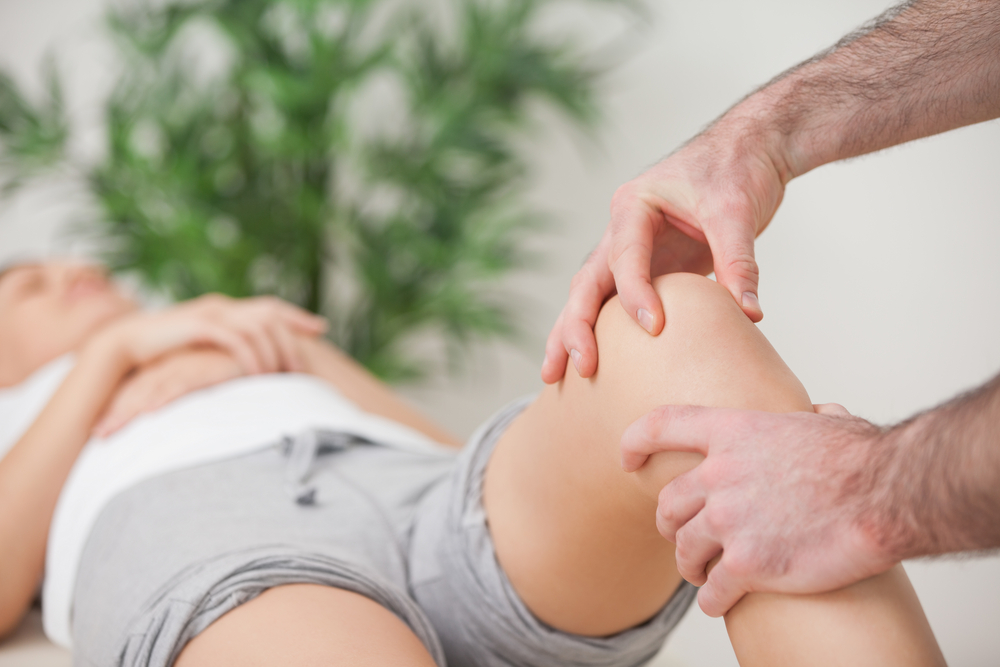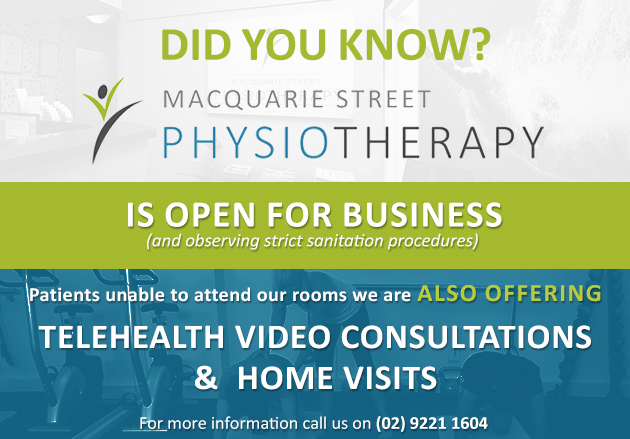News & Tips
Exercise, Tendons and Tendinopathy
 A tendon is a structure which joins muscle to bone. It is white, non-contractile tissue made up mostly of collagen. It may be rope-like (e.g. biceps tendon), or flatter (e.g. rotator cuff tendon). It may be thin or thick depending on the size of the muscle and the load it is carrying. Its function is to transfer load from muscle activity through the skeleton to create movement.
A tendon is a structure which joins muscle to bone. It is white, non-contractile tissue made up mostly of collagen. It may be rope-like (e.g. biceps tendon), or flatter (e.g. rotator cuff tendon). It may be thin or thick depending on the size of the muscle and the load it is carrying. Its function is to transfer load from muscle activity through the skeleton to create movement.
Tendinopathy refers to a disorder or disease of Tendon. Tendinitis or tendinosis both fall under the umbrella of tendinopathy. Examples of tendinopathy often heard are Achilles tendinitis, Patella tendinitis, Tennis elbow, Golfers elbow, and Gluteus Medius tendinopathy (often in conjunction with trochanteric (hip) bursitis).
Research about Tendons
There has been a lot of research into tendon pathology over the past 10-15 years, largely because it is a common problem, often slow to respond to treatment, and because there has been disagreement about which is the best course of action (stretching, strengthening, injection, surgery, etc.). Recent research has helped us to understand how the tendon behaves when exposed to load, how to determine the stage of the tendinopathy, and which type of treatment is likely to succeed.
Causes of Tendinopathy
Tendons are very good at adapting to gradual increase in load requirements (sport or other activity). Tendon break-down occurs when load requirement on the tendon increases quickly, and so exceeds the tendon’s capacity. This may be a sudden increase in training speed or distance, or taking on a new sport. It may relate to increase in work duties as a hairdresser (eg blow-dryer) or carpenter (eg screwdriver).
A percentage of tendinopathies are caused by compression or trauma, rather than by tensile load through the tendon. An example of compression is the effect on the gluteal muscles of crossing legs in sitting.
Some systemic diseases such as diabetes, and some medications, make people more prone to tendon problems. Age and weight are also factors which increase the likelihood.
Symptoms of Tendinopathy
Where is the pain?Tendinopathy will be felt very locally at the site of the problem, not a diffuse ache, or radiating pain.
What aggravates the pain?
Pain will often be worse first thing in the morning, or having been still for some time, and eases off with movement. It is usually worse after any exercise which puts load through the tendon (e.g. after jumping sports when there is heel pain (Achilles tendon).
Imaging for Tendinopathy
Ultrasound and MRI are both able to detect tendinopathy. A negative or positive finding may be useful in diagnosis, but not particularly useful to gauge the stage of the tendinopathy or if the function is improving. That is, a lack of change on imaging does not indicate a lack of improvement.
In one study of women > 50 years old with no symptoms, 50% had Achilles tendon pathology detectable on ultrasound.
Treatment of Tendinopathy
Recent research has shown that of all possible types of treatment, exercise therapy is the best for tendon problems.
For a number of conditions, rest is prescribed for healing to occur. However, in the case of tendons, better results have been found with loading the tendon in a way that strengthens but does not cause pain during or after the exercise. The stages of rehabilitation often take the following path, but it varies with each individual:
Early exercise may include isometric holds where there is muscle activity but not movement, e.g. static calf raise for Achilles tendinitis. This strengthens muscle tissue, and creates anabolic tendon change and reduced inhibition from the brain. Indeed, research has shown this type of exercise not only increases tendon capacity, but also affords pain relief.
Later exercise may include heavy, slow resistance (HSR) within the pain-free range of movement (e.g. slow, weighted quadriceps curls for patella tendinitis). This is based on the fact that tendons better tolerate HSR than fast movement. This may be eccentric (lengthening the muscle) or concentric (shortening) or both. It depends on the individual, the sport, and what can be done within limits of pain.
Gradually speed can be introduced into the rehabilitation programme. It would not usually be for some weeks or even months that very dynamic exercise can be commenced, such as jumping or running, as this is when the tendon needs to be particularly spring-like and resilient.
Forms of treatment such as ultrasound, shock-wave, injection, ibuprofen, etc. may be an adjunct to exercise therapy. However exercise is essential; without it, the functional capacity in the tendon cannot increase.
Prevention
Correction of footwear and exercise technique may help prevent tendon problems from returning. Also between-season training should continue so that early-season tendinitis does not occur when there is a sudden increase in activity.
Tendon tissue is laid down and made stronger in the years prior to puberty. For this reason, exercise in children is vital for tendon strength.
Physiotherapy
Physiotherapists are well-placed to treat tendinopathy due to their familiarity with using exercise as treatment, and in analysing sports action, using taping/bracing and local treatment, and instituting preventive measures. Please seek the help of any of the highly qualified physiotherapists at Macquarie Street Physiotherapy located in the heart of the Sydney City CBD if you think you have tendinopathy.








